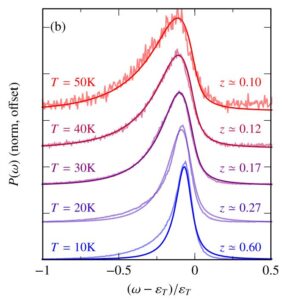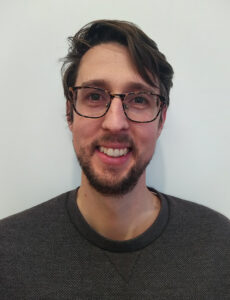
Unlocking fresh insights into the behaviour of quantum impurities within materials
An international theoretical study led by Monash University researchers introduced a novel approach known as ‘quantum virial expansion’ – a powerful tool to uncover the complex quantum interactions in 2D semiconductors.
This breakthrough holds potential to reshape our understanding of complex quantum systems and unlock exciting future applications utilising novel 2D materials.
The study of ‘quantum impurities’ has far-reaching applications across physics in systems as diverse as electrons in a crystal lattice and protons in neutron stars. These impurities can collectively form new quasi-particles with modified properties, essentially behaving as free particles.
The new technique shows remarkably good agreement with experimental results, essentially perfect at high temperature with small discrepancies at lower temperatures.
Although a straightforward many-body problem to state, quantum impurity problems are difficult to solve.
“The challenge lies in accurately describing the modified properties of the new quasi-particles,” says Dr Brendan Mulkerin (Monash), who led the collaboration with researchers in Spain.
The study offers a novel perspective on exciton-polarons as impurities in 2D materials – bound electron-hole pairs immersed in a fermionic medium.
As a solution to the problem, the Monash team introduced the ‘quantum virial expansion’ (QVE), a powerful method that has long been indispensable in ultra-cold quantum gases.
In this case, integrating QVE into the study of quantum impurities meant that only the interactions between pairs of quantum particles needed to be taken into account (i.e. rather than interactions between large numbers of particles). The resulting, solvable model sheds new light on the interplay between impurities and their surroundings in 2D semiconductors.

The new approach is remarkably effective at relatively high temperatures (e.g. in a semiconductor anything above a few degrees Kelvin) and low doping (where the electrons’ thermal wavelength is smaller than their interparticle spacing), leading to a ‘perturbatively’ exact theory (referring to a quantum system being perturbed from a simple, solvable limit).
“One of the most intriguing aspects of this research is its potential to unify different theoretical models, with the ongoing debate surrounding the appropriate model for explaining the optical response of 2D semiconductors being resolved through the quantum virial expansion,” says corresponding author A/Prof Jesper Levinsen (also at Monash).
The quantum virial expansion is expected to have a broad impact, extending its applications to various systems beyond 2D semiconductors.
“Understanding quantum impurity physics will continue to reveal insights and unlock novel properties and new possibilities for understanding, harnessing, and controlling quantum interactions,” says corresponding author Prof Meera Parish (Monash).
“Exact quantum virial expansion for the optical response of doped two-dimensional semiconductors” was published in Physical Review Letters in September 2023 (DOI: 10.1103/PhysRevLett.131.106901)
